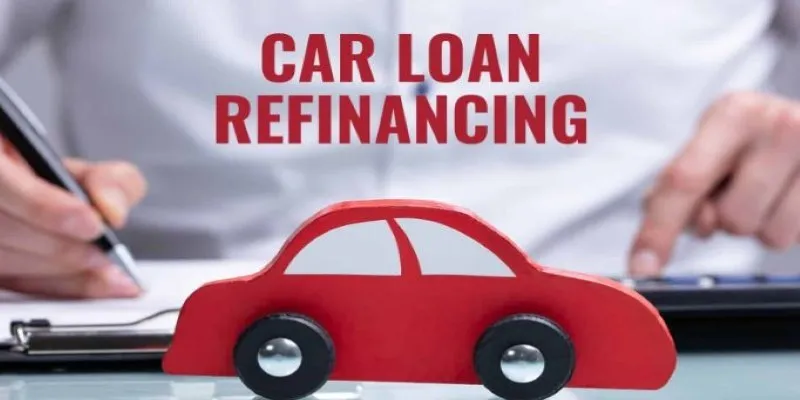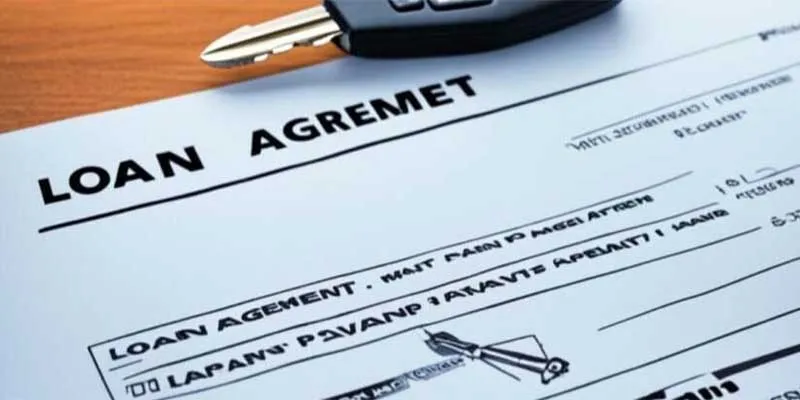Refinancing Your Car Loan: Key Timings and Considerations
Refinancing a car loan isn’t just about chasing lower monthly payments—it’s about strategically managing your financial goals. When you’re saddled with high-interest payments or your financial circumstances change, a car loan refinance might be a great way to ease financial strain.

However, refinancing is only beneficial if done at the right time and under the right conditions. Knowing when to refinance a car loan can save you money, reduce financial stress, and help you own your vehicle sooner. This guide will walk you through the essential timing, conditions, and practical steps to help you make the right decision.
What Is Car Loan Refinancing?
Refinancing a car loan means replacing your current loan with a new one, typically offering a lower interest rate or improved terms. Many borrowers refinance to reduce monthly payments, lower the interest rate, or extend the loan term. Essentially, refinancing involves taking out a new loan to pay off the remaining balance of the original loan, followed by payments under the new terms.
The primary goal is often to save money. With a lower interest rate, borrowers can achieve substantial savings over the life of the loan. However, refinancing isn’t always simple—it’s essential to ensure that the potential savings align with your financial objectives and meet lender requirements.
Best Time to Refinance a Car Loan
Refinancing is most effective when timed correctly. Here are scenarios when refinancing can be most beneficial:
When Interest Rates Drop
One reason to refinance is when interest rates have declined. If auto loan interest rates have dropped considerably since you got your original loan, refinancing could save you hundreds or even thousands of dollars.
This decrease in rates can be especially advantageous if you financed through a dealership, which often charges higher interest than banks and credit unions. Even a small percentage reduction can significantly lower your interest payments over the life of the loan.
Improved Credit Score
If you had a less-than-ideal credit score when you purchased your car, your interest rate might have been high. After several months of timely payments, your credit score may improve enough to qualify for a better rate.

Refinancing with a higher credit score can lower your interest rate and potentially reduce your monthly payment, making the loan more manageable. This can be particularly helpful if your financial situation has improved, allowing you to negotiate more favorable terms.
Changed Financial Situation
Changes in your financial circumstances might also prompt refinancing. If your income has decreased or you’ve taken on additional expenses, refinancing can offer relief through lower monthly payments. Conversely, if your income has increased, you might refinance into a shorter loan term, reducing the amount of interest paid and achieving ownership sooner.
Equity in Your Vehicle
Equity refers to the difference between your car’s market value and what you owe on the loan. If your car’s value has remained stable or increased, and you’ve paid off a significant portion of your loan, you may have built equity in your vehicle.
Lenders often look favorably on applications from borrowers with positive equity, as it reduces the loan’s risk. With sufficient equity, refinancing may yield better terms, including lower interest rates and shorter loan durations, reducing your total costs.
Factors to Consider Before Refinancing
While the timing for refinancing might seem ideal, it’s essential to assess a few critical factors to make a sound financial decision.
Loan Duration and Remaining Balance
Refinancing is often most beneficial in the early stages of a loan. As you near the end of your term, potential savings decline since interest charges are highest at the beginning. Calculate whether refinancing will genuinely save you money based on your remaining balance and repayment schedule.
Fees and Penalties

Some loans carry prepayment penalties or fees for early payoff. Additionally, application and processing fees for a new loan can add up. Evaluate whether these costs could offset any savings from refinancing.
Vehicle Age and Mileage
Lenders typically factor in a car’s age and mileage. Older vehicles or those with high mileage may not qualify for favorable terms. In these cases, refinancing might not yield significant benefits. Assess if your car’s condition allows you to achieve meaningful savings with a new loan.
Steps to Refinancing a Car Loan
To refinance a car loan:
- Review your current loan details, including balance, interest rate, and any prepayment penalties.
- Check your credit score—an improved score can help secure better rates.
- Shop around among banks, credit unions, and online lenders, comparing offers to find the best terms.
- Use an online loan calculator to estimate potential savings, factoring in any fees.
Once you’ve found a lender, apply with accurate information about your finances and vehicle. If approved, you’ll sign the new loan agreement, and the lender will pay off your existing balance. Begin making payments on the refinanced loan with the new terms. Following these steps ensures you approach refinancing thoughtfully, maximizing potential benefits.
Conclusion
Refinancing a car loan can be an effective strategy for reducing interest costs, adjusting monthly payments, and aligning loan terms with your financial goals. However, it’s essential to approach refinancing with careful consideration of timing and personal circumstances. Whether you’re looking to capitalize on lower interest rates, an improved credit score, or a change in your financial situation, the right refinancing decision can lead to significant benefits. Take the time to research lenders, compare offers, and assess potential savings to make a decision that will serve you well in the long run.
For more insights on managing your finances, check out our Finance category.











